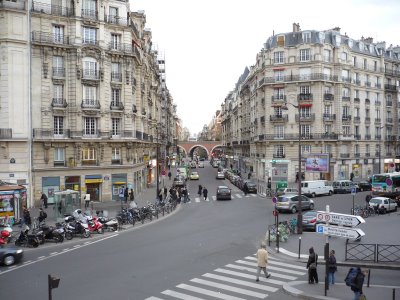"I hate my verses, every line, every word.
Oh pale and brittle pencils ever to try
One grass-blade's curve, or the throat of one bird
That clings to twig, ruffled against white sky.
Oh cracked and twilight mirrors ever to catch
One color, one glintingflash, of the splendor of things.
Unlucky hunter, Oh bullets of wax,
The lion beauty, the wild-swan wings, the storm of the wings."
--This wild swan of a world is no hunter's game.
Better bullets than yours would miss the white breast
Better mirrors than yours would crack in the flame.
Does it matter whether you hate your . . . self?
At least Love your eyes that can see, your mind that can
Hear the music, the thunder of the wings.
Love the wild swan.












.jpg)









































































.jpg)
